Climate Solution Finder - CSF - is EAI's specialized division that assists Indian companies keen on identifying and evaluating climate tech solutions.
CSF also benefits solution providers as it provides them better reach to prospective customers.
CSF is relevant today because many domains within climate tech are entirely new and prospective end users have little information and intelligence on the solutions available. Prospective customers also have challenges identifying and evaluating good quality vendors.
CSF, using EAI's knowledge of the sector along with the expertise of its technical partner network, will help those keen on implementing climate tech solutions to identify suitable and high-quality vendors.
This solution will also assist vendors providing high-quality solutions in benefitting the market better, faster.
This section of EAI's CSF is for Industrial Waste Heat Recovery
 Industrial Waste Heat Recovery Solutions
Industrial Waste Heat Recovery SolutionsIndustrial Waste Heat Recovery Solutions
 Specific Tech Equipments
Specific Tech EquipmentsHeat Recovery Exchangers
Waste Heat Boilers
Heat Recovery Steam Generators (HRSG)
Heat Pumps
Control and Monitoring Systems
 Benefits for Industrial Waste Heat Recovery Project Developers
Benefits for Industrial Waste Heat Recovery Project DevelopersCSF from EAI provides the following benefits to Industrial Waste Heat Recovery Equipment and solution buyers, AT NO COST:


 Benefits For Industrial Waste Heat Recovery Solution and Equipment Providers
Benefits For Industrial Waste Heat Recovery Solution and Equipment ProvidersCSF from EAI provides the following benefits to Industrial Waste Heat Recovery solution and equipment providers:
.png) +91 9952910083
+91 9952910083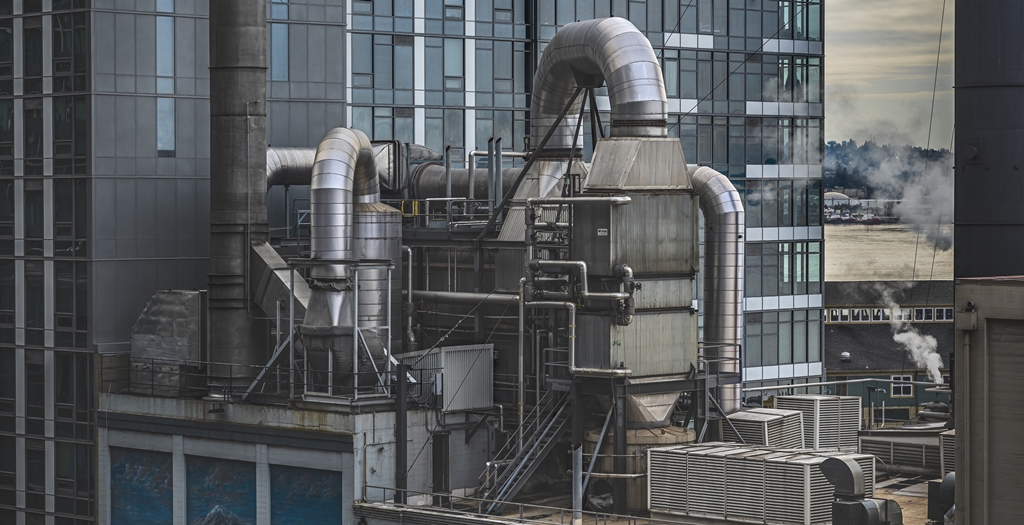
Early initiatives were driven by the need to enhance energy efficiency in industries such as cement, steel, and petrochemicals, which are traditionally energy-intensive. The initial focus was on recovering waste heat from exhaust gases in furnaces and kilns, which led to modest energy savings and reductions in fuel consumption.
The launch of the Energy Conservation Act in 2001 marked a significant milestone. This act led to the establishment of the Bureau of Energy Efficiency (BEE), which spearheaded various programs to enhance energy efficiency across industrial sectors. One such initiative was the Perform, Achieve, and Trade (PAT) scheme, which incentivized industries to adopt energy-saving technologies, including WHRS.
In the early stages, simple recuperators and regenerators were used to recover waste heat. However, as technology progressed, more sophisticated systems like economizers, waste heat boilers, and organic Rankine cycle (ORC) systems were developed. These technologies allowed for more efficient heat recovery and utilization, contributing significantly to energy savings.
For instance, the adoption of ORC systems, which convert low-grade waste heat into electricity, has gained traction in industries like cement and steel. The first successful implementation of ORC technology in India was by Dalmia Cement, which led to a substantial reduction in their energy consumption and operational costs.
Despite the progress, several challenges hinder the widespread adoption of WHRS in India. High initial capital investment, technological complexity, and lack of awareness are significant barriers. However, with the government's continued emphasis on energy efficiency and sustainability, the future prospects for WHRS in India look promising. The introduction of newer technologies, such as waste heat to power (WHP) systems and advancements in thermoelectric materials, holds the potential to further enhance the efficiency and cost-effectiveness of WHRS. Additionally, government incentives and subsidies can play a pivotal role in encouraging more industries to adopt these systems.
The history of industrial waste heat recovery systems in India is marked by gradual advancements and increasing adoption across various sectors. From early recuperators to sophisticated ORC systems, the journey reflects the country's commitment to enhancing energy efficiency and reducing greenhouse gas emissions. With continued technological innovation and supportive government policies, WHRS can play a crucial role in India's sustainable industrial growth.

The cement industry has been a pioneer in adopting WHRS in India. Companies like Ultratech Cement and ACC Limited have implemented waste heat recovery power plants (WHRPP) across their manufacturing units. Ultratech Cement, for example, has installed WHRPPs with a cumulative capacity of over 100 MW, significantly reducing their reliance on grid electricity.
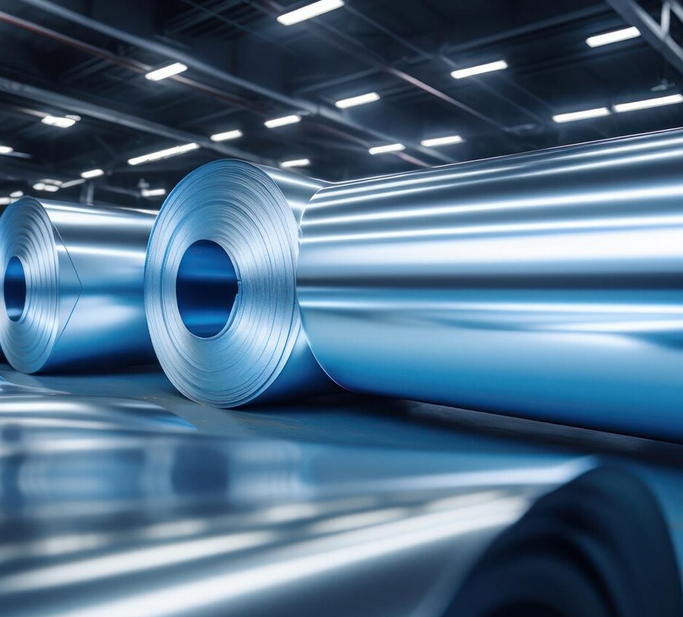
The steel industry, another major energy consumer, has also embraced WHRS. Tata Steel's Jamshedpur plant is a notable example, where waste heat recovery systems have been integrated into their blast furnaces and coke ovens, leading to energy savings and reduced greenhouse gas emissions.
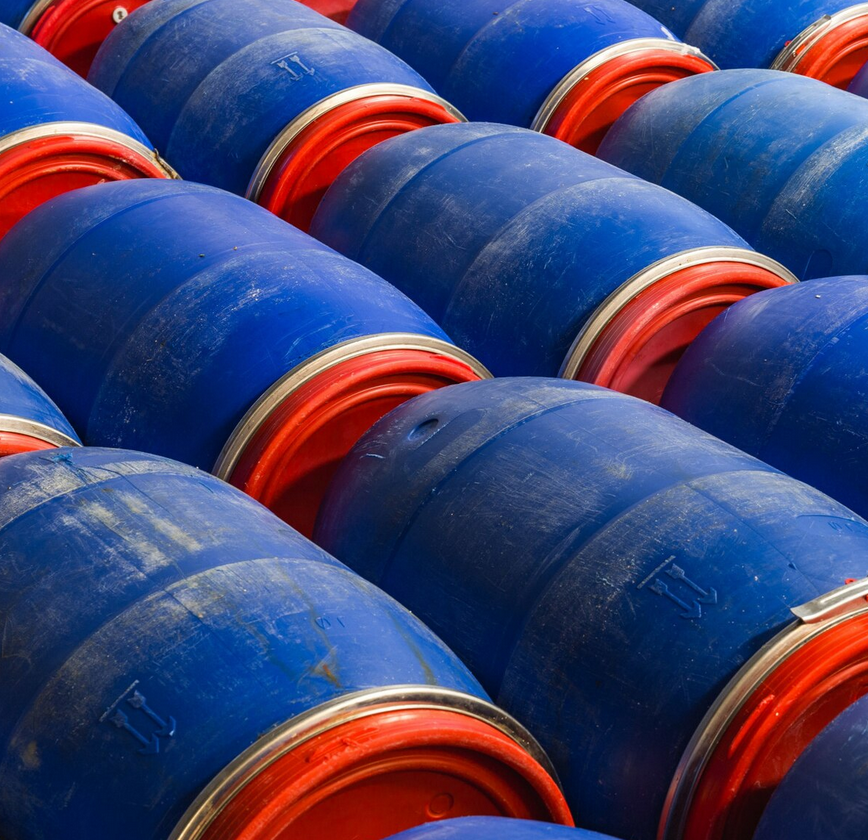
In the petrochemical sector, Reliance Industries Limited (RIL) has implemented advanced WHRS at its Jamnagar refinery. This system captures waste heat from flue gases and utilizes it to generate steam, which is then used for various industrial processes, enhancing overall energy efficiency.
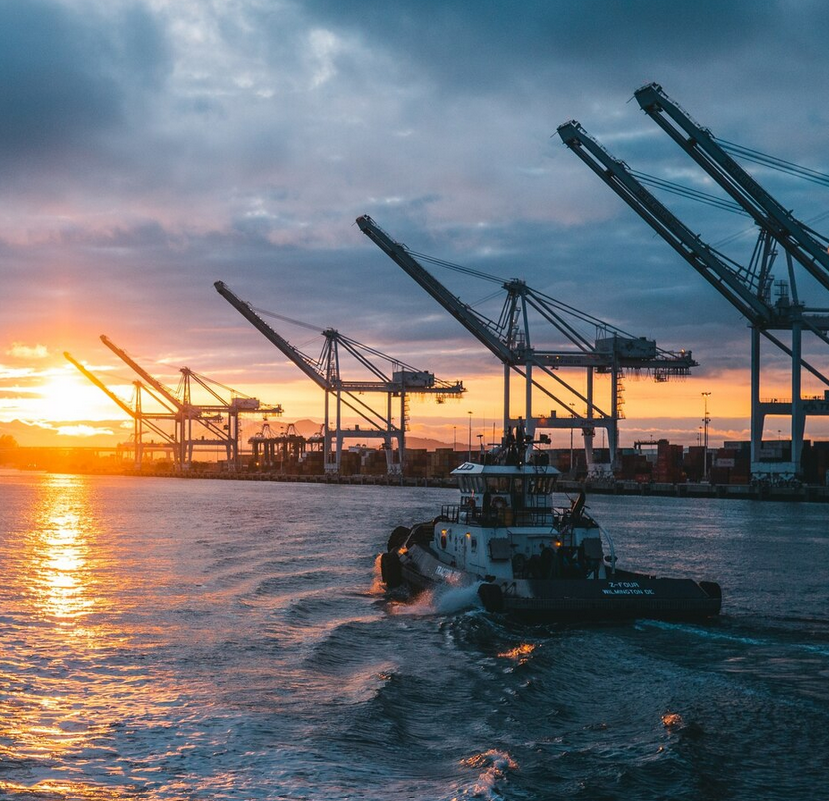
In refineries, waste heat recovery is typically implemented in process heaters, boilers, and flue gas streams. Technologies such as heat exchangers, recuperators, and waste heat boilers are commonly used. These systems capture high-temperature heat from processes like crude oil distillation and catalytic cracking, reusing it to generate steam or electricity.
Indian Oil Corporation Limited (IOCL), one of India's largest state-owned oil companies, has implemented waste heat recovery systems across its refineries. These systems have significantly improved energy efficiency, reducing both operational costs and greenhouse gas emissions.

Companies in the food processing sector use waste heat recovery for refrigeration and heating applications, optimizing energy use in their operations.

Textile manufacturers utilize waste heat recovery systems to capture heat from boilers and dryers, improving overall energy efficiency .
According to the Bureau of Energy Efficiency, implementing waste heat recovery systems can lead to energy savings of 20-30% in industries.
The Indian waste heat recovery market is projected to grow at a CAGR of 8.6% from 2021 to 2026, driven by increasing industrial activities and favorable government policies.
Industries adopting waste heat recovery have reported a reduction in CO2 emissions by 10-15%, contributing to India’s climate goals.

Tata Steel's Jamshedpur plant is a prime example of effective waste heat recovery in India. The plant has implemented several WHRS to enhance energy efficiency and reduce carbon emissions. These systems capture waste heat from the blast furnaces and other high-temperature processes to generate steam and electricity.
One of the notable systems is the Top Gas Pressure Recovery Turbine (TRT), which harnesses the pressure and heat from the blast furnace top gas to generate electricity. Additionally, the plant employs waste heat recovery boilers to capture and reuse heat from the sinter plant and coke ovens. These systems collectively contribute to significant energy savings and lower operational costs.
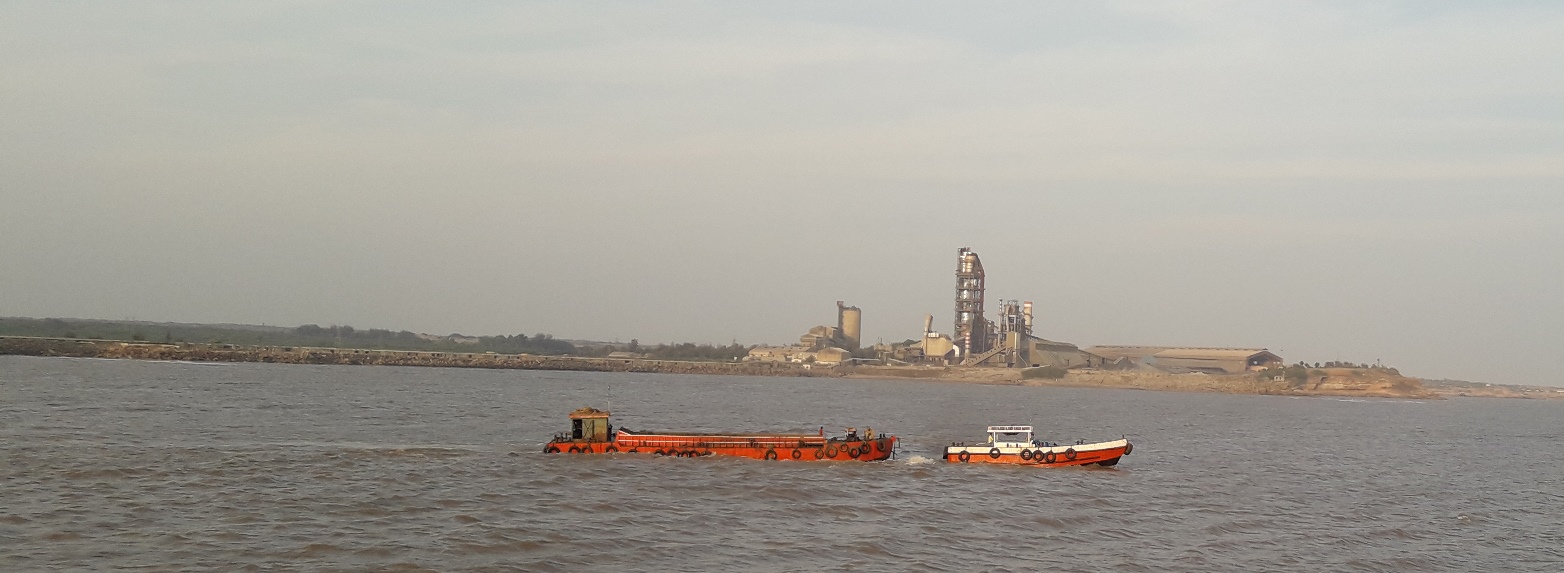
UltraTech Cement, one of India’s largest cement producers, has extensively implemented WHRS across its plants. The company’s efforts are focused on capturing waste heat from the kiln and clinker cooler exhaust gases.
UltraTech Cement's systems typically involve the installation of waste heat recovery boilers to capture and convert the thermal energy from exhaust gases into steam, which then drives turbines to generate electricity. This approach not only reduces the plant's reliance on external power sources but also minimizes greenhouse gas emissions. The company has set a benchmark in the industry by consistently improving its energy efficiency and sustainability practices.

Hindalco is the world’s largest aluminium rolling company and one of Asia’s biggest producers of primary aluminium. In India, the company’s aluminium units run a gamut of operations ranging from bauxite mining, alumina refining, coal mining, captive power plants (CPPs) and aluminium smelting to downstream rolling of extrusions and foils.
Energy consumption at the plant has gone down at all levels over the past few years. Hot metal specific electrical consumption has reduced from 14,838 kWh per million tonne (mt) in 2014-15 to 13,883 kWh per mt in 2015-16. The company has made concerted efforts to achieve these reductions. In 2015-15, direct current power consumption was reduced to almost 130.7 MUs due to several process optimisation measures taken in the pot room. Nearly 3,900 MWh per annum of energy was saved by reducing the load on induced draught fans by managing the dilution damper opening based on bag filter inlet temperature.

A leading provider of energy and environmental engineering solutions, Thermax offers a range of waste heat recovery systems. Their solutions are designed to enhance energy efficiency in various industrial processes.
Key Solutions: Waste heat recovery boilers, absorption chillers, and recuperators.

A specialist in high-efficiency heat exchangers and innovative waste heat recovery solutions.
Key Solutions: Customized heat exchangers and data acquisition systems to optimize energy recovery from industrial utilities like chillers and compressors.

Known for its expertise in steam engineering and control instrumentation, Forbes Marshall provides comprehensive waste heat recovery solutions.
Key Solutions: Heat exchangers, waste heat recovery boilers, and energy monitoring systems.
GEA provides advanced industrial heat pump technology to capture and reuse waste heat, optimizing energy use in industrial processes.
Key Solutions: Industrial heat pumps, customized solutions for energy savings and carbon footprint reduction.
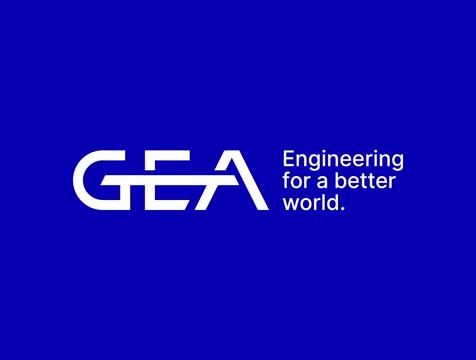
Specializes in Organic Rankine Cycle (ORC) technology, suitable for converting low-grade waste heat into electricity.
Key Solutions: ORC systems for a variety of industries including cement, steel, and glass factories.

Provides a broad range of thermal solutions including waste heat recovery systems tailored for industrial applications.
Key Solutions: High-efficiency heaters, thermal fluid systems, and waste-to-power solutions.
